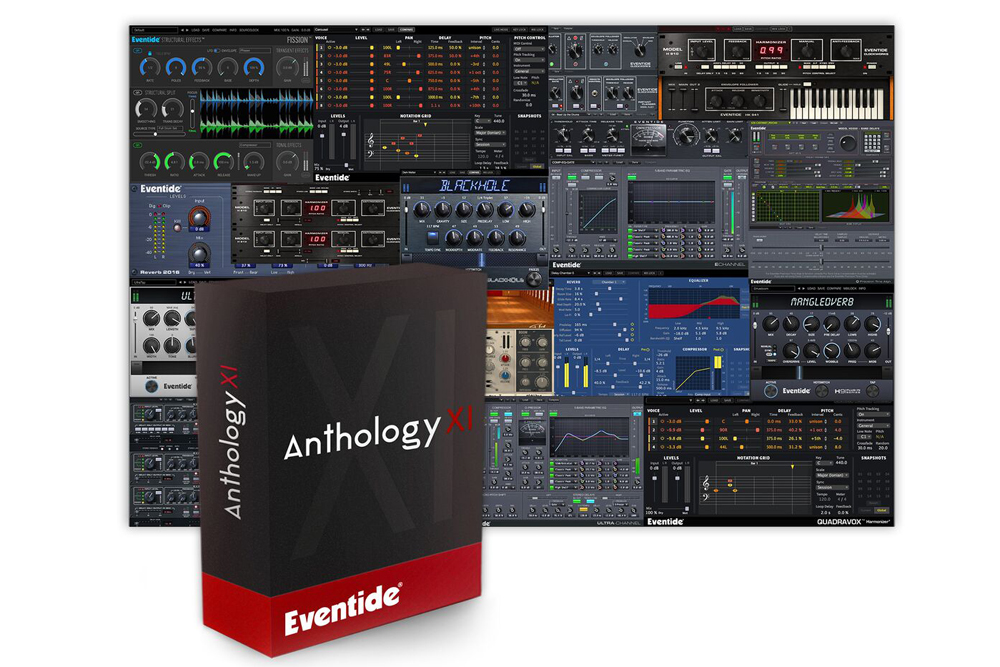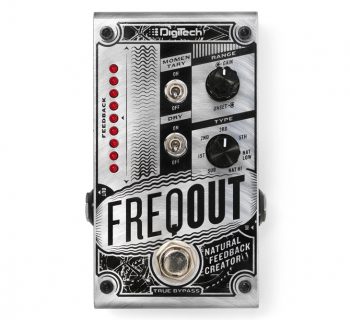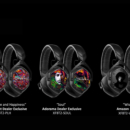Many artists seeking a recording contract may be offered what is known as a 360 Deal, also referred to as a Multiple Rights Agreement. This article will discuss the components of a 360 deal and how the artist can best negotiate one.
What is a 360 Record Deal?
In the past, major record companies when signing an artist simply required that they take a share of record royalties. Typically, a new artist or group would receive 14-16% of the suggested retail list price of each record sold, minus deductions for packaging, free goods, etc.
In the last 15 years or so, as illegal downloading of music hurt record sales, labels began offering 360 deals in which they participate in all entertainment-related revenue streams of the artist, such as music publishing, merchandising, sponsorships, endorsements, touring and even acting.
The percentage that the labels demand varies. For instance, it might be 25-35% of the artist’s net touring and endorsement income, 10-15% of net acting income, exclusive merchandising rights during the term and 50% of net merchandising income (from t-shirts, sweatshirts, baseball caps, buttons, stickers, etc.) and 25% percent of music publishing income.
Some labels may take a more proactive role in non-record aspects of an artist’s career, thus providing additional justification for participating in ancillary revenue streams. For instance, a record company (such as Sony) might cross-promote its recording artists with another Sony division (film).
Negotiating a 360 Deal
When negotiating a 360 deal, I suggest attempting the following:
• Reduce the types of income covered by the agreement. For instance, some labels do not require that they participate in music publishing income. However, they still might require a “right of first negotiation” or a “matching right” if you are offered a publishing deal.
• Reduce the percentage taken by the label from each type of non-record income. For instance, if the label wants 35% of net touring income, perhaps you can negotiate them down to 25%.
• Exclude preexisting revenue streams. So if an actor is seeking a recording contract, try to exclude acting income.
• Limit the length of time (term) of the label’s participation in ancillary revenue streams. For instance, the right to all non-record income could terminate when the recording contract terminates or after a certain number of years.
• Negotiate a separate advance for each type of non-record income. This will be difficult to get the label to agree to.
• Require that non-record income not be “cross-collateralized.” This means the record company would not be able to recoup the money it advanced to make the album from non-record income.
• Negotiate a commitment from the record company to do something in exchange for receiving a percentage of non-record income. This could be money for tour support, and/or additional advances for living expenses.
Conclusion
In entering into a 360 deal the artist should make sure that he or she understands all of its ramifications and have skilled and experienced representation to negotiate it.
GLENN LITWAK is a veteran entertainment attorney based in Santa Monica, CA. He has represented platinum-selling recording artists, Grammy-winning music producers, hit songwriters, management and production companies, music publishers and independent record labels. Glenn is also a frequent speaker at music industry conferences around the country, such as South by Southwest and the Billboard Music in Film and TV Conference. Email Litwak at gtllaw59@gmail.com or visit glennlitwak.com.
This column is a brief discussion of the topic and does not constitute legal advice.














